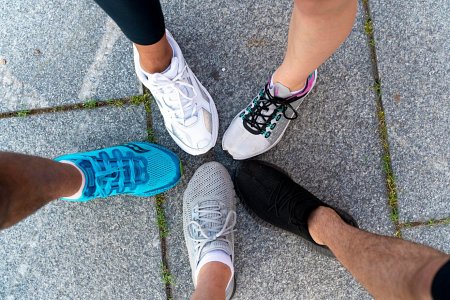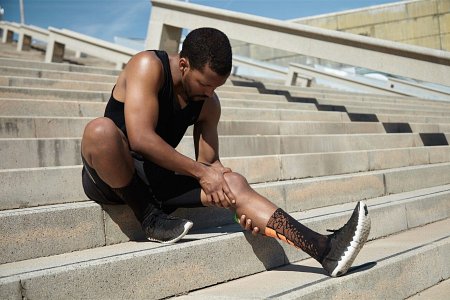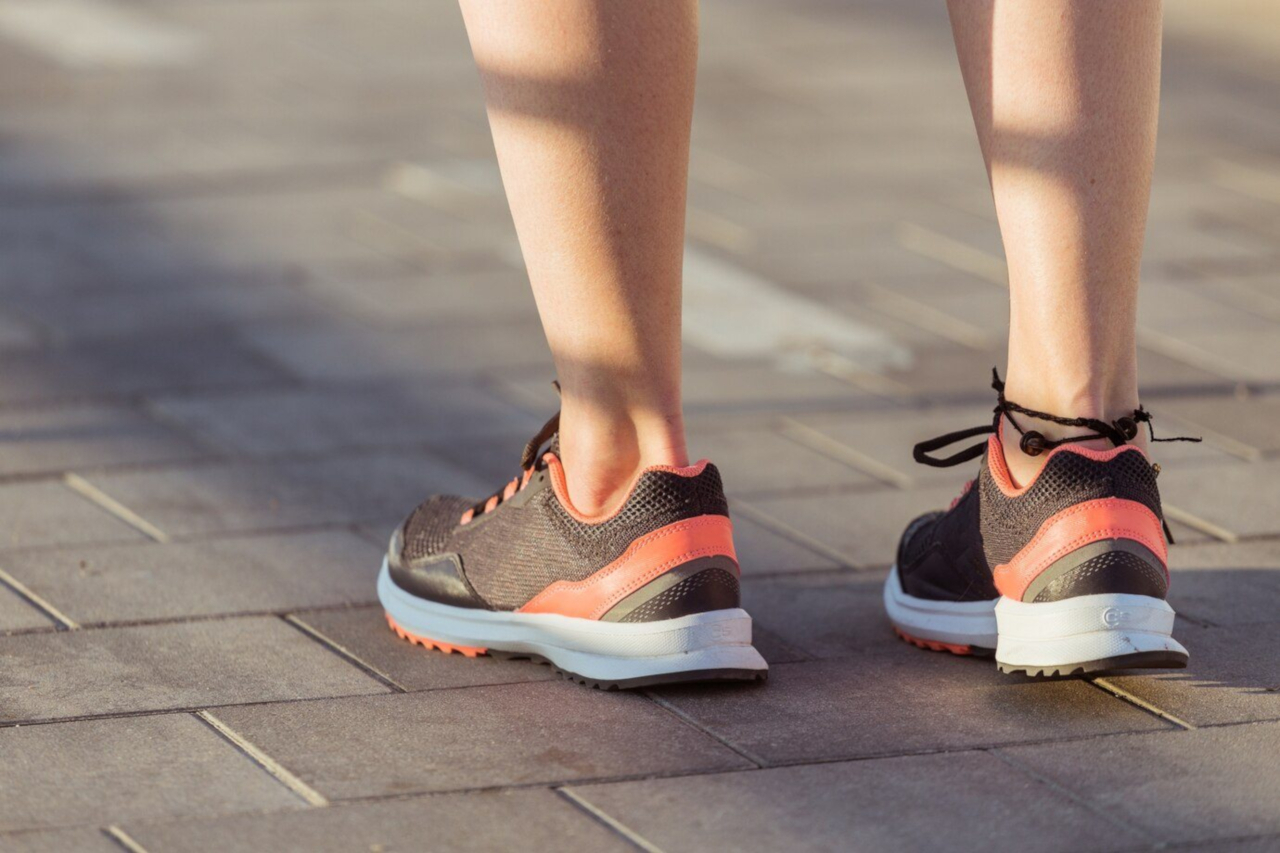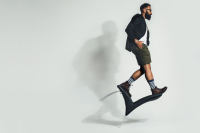Fear not, fellow sports enthusiasts! This guide will equip you with the knowledge to choose the perfect shoes for every activity, transforming you from a footwear fumbler to a champion of comfort and performance.
Understanding the Importance of Choosing the Right Shoe

The wrong shoes can be a recipe for disaster. They can lead to blisters, chafing, muscle fatigue, and even serious injuries. Here's why selecting the right shoe matters:
Support and stability: Different sports place varying demands on your feet. Running shoes, for example, prioritize cushioning and shock absorption, while basketball shoes offer robust ankle support to prevent rolling during quick cuts. The right shoe provides the specific type of support your feet need to perform at their best.
Traction and grip: Whether you're navigating a muddy soccer field, sprinting on a track, or lifting weights in the gym, proper traction is crucial. The right shoes will have soles designed to provide optimal grip on the specific surface you'll be playing on, preventing slips and falls.
Comfort and fit: Ill-fitting shoes can cause a world of pain. Shoes that are too tight can restrict blood flow and cause blisters, while shoes that are too loose can lead to instability and increased risk of injury. A well-fitting shoe should feel snug but not constricting, allowing for natural movement of your foot.

Choosing the Perfect Shoe for Your Sport
Now that you understand the importance of proper footwear, let's delve into specific sports and the key considerations when choosing shoes:

Running: Running shoes are the workhorses of the athletic world. Look for shoes that provide ample cushioning to absorb the impact of each stride, particularly in the heel and forefoot. Consider your running style – neutral, overpronation, or supination – to choose shoes with the appropriate arch support and stability features.
Running in shoes not designed for the sport can lead to a cascade of potential injuries. "The lack of proper cushioning in everyday shoes can cause excessive impact on your joints, increasing your risk of stress fractures in the shins, knees, and even your feet" confirms Dr Angelo Velho, sport podiatrist at ApliedMotion Podiatry Clinic https://appliedmotion.com.au/sport-podiatrist-perth/ . Additionally, shoes without adequate support can lead to muscle imbalances and strains, particularly in the calves, hamstrings, and glutes. Inappropriate treads can also compromise your stability, making you more susceptible to ankle sprains, especially on uneven terrain. By prioritizing running-specific shoes, you can safeguard your body from these preventable injuries and keep yourself on the road to achieving your running goals.
Basketball: Basketball requires explosive movements, quick changes of direction, and strong ankle support. Opt for shoes with a high-top design that offers stability for those high jumps and sharp pivots. The soles should have a good herringbone tread pattern for maximum grip on the court.
Tennis: Tennis involves a lot of lateral movement and quick starts and stops. Tennis shoes should be lightweight and flexible to allow for agile footwork. Look for shoes with a durable outsole that offers good traction on both hard courts and clay courts.
Soccer: Soccer players need shoes that provide exceptional traction on grass fields. Look for cleats with a multi-stud configuration for optimal grip during maneuvers like sharp turns and kicking. The upper material should be comfortable yet durable to withstand the rigors of the game.
Training: Training shoes are designed for a variety of activities, from weightlifting to HIIT workouts. They should offer a balance of support and flexibility, allowing for unrestricted movement during dynamic exercises while providing stability for lifting weights.
Beyond the Basics: Consider these additional factors when choosing your shoes:
Climate: Breathable shoes are crucial for activities that generate a lot of heat, while waterproof shoes are essential for running or playing outdoors in wet conditions.
Personal preference: Some athletes prefer a minimalist shoe for a barefoot-like feel, while others prioritize maximum cushioning. Experiment with different options to find what feels most comfortable and supportive for your feet.

Tips for Maintaining Your Athletic Shoes
Proper care of your athletic shoes extends their lifespan and optimizes performance. Here are some tips:
Rotate your shoes: Don't wear the same pair of shoes for every workout. Allow them time to dry out completely between uses.
Clean your shoes regularly: Remove dirt and debris from the soles regularly to maintain optimal traction.
Replace your shoes when necessary: Athletic shoes wear out over time. Look for signs of wear and tear on the soles and cushioning, and replace them when they no longer provide the support and stability you need.
The Right Shoes Make All the Difference
Choosing the right shoes for your sport is an investment in your performance and well-being. By prioritizing proper footwear, you'll be setting yourself up for success, allowing you to move with confidence, prevent injuries, and ultimately, take your game to the next level. So, lace up the right pair, hit the field, court, or track, and experience the joy of moving with purpose and power. Remember, the perfect shoes can be the difference between a frustrating fumble and a triumphant victory.





